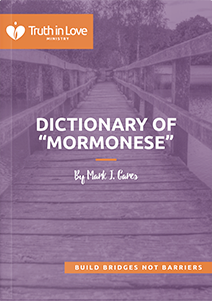In Mormonism, the Plan of Salvation (also called the Plan of Happiness or Plan of Redemption) is the framework that explains where we came from, why we are here, and where we are going after death. It is central to LDS teaching and often presented visually in charts or diagrams.
The LDS Plan of Salvation typically includes these stages:
- Premortal existence: All people lived as spirit children of Heavenly Parents.
- Earth life: Spirits are given physical bodies, tested by temptation, and must show faithfulness by obedience and participation in saving ordinances.
- Spirit world: After death, the righteous enter paradise while others enter spirit prison, where they may still learn and accept the LDS gospel.
- Resurrection and judgment: Everyone is resurrected, then judged by their works and covenant faithfulness.
- Three kingdoms of glory: Nearly all people inherit one of three levels of heaven: celestial, terrestrial, or telestial. Only those in the highest degree of the celestial kingdom will live with Heavenly Father and progress toward exaltation.
The plan emphasizes agency (free will), progression, and family. It is often described as a loving way for God’s children to return to him, but it places salvation on a conditional basis, requiring obedience, worthiness, and temple ordinances.
Biblical Christianity teaches something very different. The Bible presents a simple and complete plan of salvation centered on Christ alone: “Believe in the Lord Jesus, and you will be saved” (Acts 16:31). We are not God’s spirit children on a journey to godhood, but sinners separated from him and saved only by grace. Eternal life is not the result of a step-by-step plan or levels of glory, but a free gift secured fully by Jesus’ life, death, and resurrection (John 3:16; Ephesians 2:8–9).
Additional Resources
- Read more about the LDS Plan of Salvation
- Video Course: Mormonism’s Plan of Salvation

